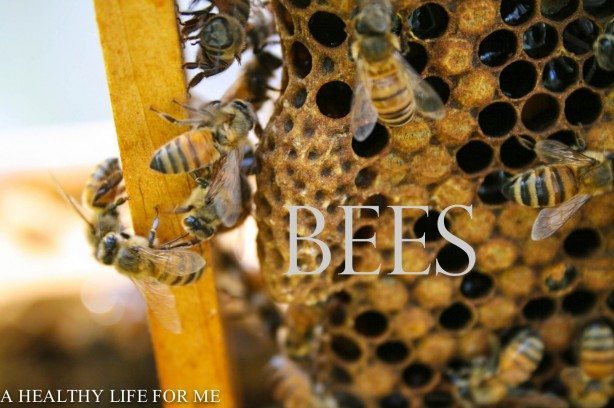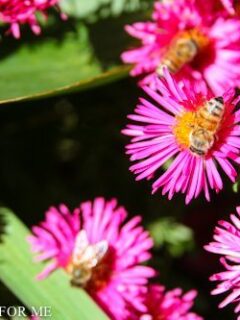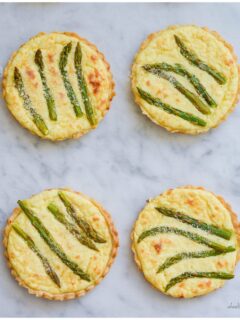It is time for my Honey Bee Hive Setup. Yes its true, I thought of myself as NOT a very good beekeeper. I was finally willing to admit I had failed miserable and it was time to admit defeat. Which if you know me , you know is very hard for me to do! GRRR.
Lucky for me, I have a dear friend Dee who introduced me to a local beekeeper that was willing to help me and encouraged me to continue on! She came out last fall inspected my current hive and said she would come in the spring, set up some new hives and that it wasn’t my fault I was failing. I thought she was just being nice. “No, ” she sai, “really you just have the wrong equipment, once we set you up you will find success, I promise!” I felt a glimmer of hope but still had my doubts.
My Beekeeper guru is Liz and she keeps bees at several sites around the area. What I really like about Liz is her approach to keeping bees is very relaxed and open. She is willing to try something as long as it’s not going to hurt the bees. She also is willing to work a little harder to make the hive healthier for the bees so that no pesticides are used.
Which it seems was one of the reasons I kept failing. In the beginning of me Beekeeping career I had several beekeepers come out and help me get started, but their philosophy was to treat the bees with pesticides to kill the mites that attach the bees, kill any hives that get infected and mass produce as much honey at the bees expense as you can.
Well, that didn’t jive with me, I believed that bees have been running the show for thousands of years- they know what’s best and putting chemicals in is not the answer. So, I refused to treat the bees and I have had two of my three hives die out, most likely from mites.
So what is Liz’s thinking on why the bees are dying from mites,etc? When you set up your first hive you order pre-made starter comb that is stamped out by a machine. The size of each individual octagon in the comb is larger than what a honey bee in the wild would make it. Why do the bee companies make the shape larger? Because their thinking was when the queen lays the larvae and it hatches the bee that is born is a larger bee. Therefore the bee can carry more pollen, and produce more honey.
Smart right?
NOPE!
Liz informed me that when the bigger bee is born it is covered in an exoskeleton made from small, movable plates of chitin. Well because the bee is bigger there is more space in these movable plates of chitin and a perfect pathway for mites to enter and attack the bees skeleton and killing them.
DUH- how simple is that!
So, Liz uses plastic pre-starter comb that is made smaller. But, here is the catch. The bees you order (yes, you order bees, usually from Georgia) are large style bees. But, here is where you trust your bees to fix it. When the queen lays in the smaller starter comb, the larvae hatches earlier and you get your smaller bees! TA-DA!
Now there is more to this story about why we will take out the plastic starter comb and allow the new smaller bees to make their own, but that is for another time!
For now, we have set up the boxes. We set next to my hive on two 4 x 4 and leveled them with shimmies. So the new homes are sitting empty waiting for the brood.











Who knew?! Interesting stuff–I knew you and Liz would like each other!